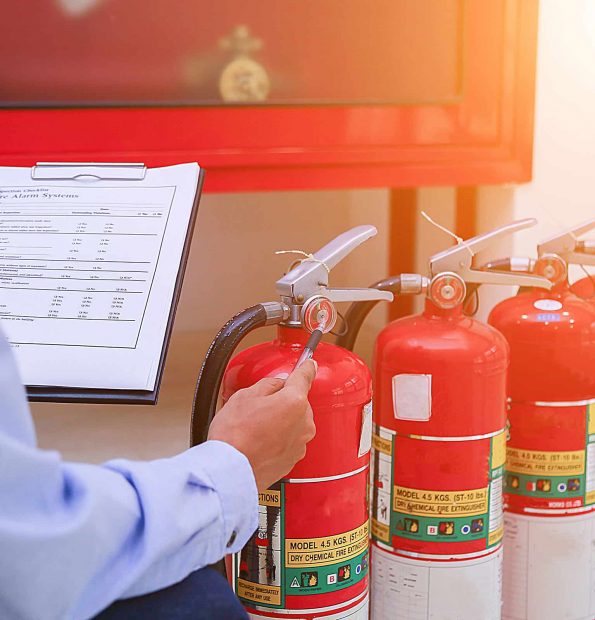The issue of fire safety in Sydney is not just something you can check off the boxes for compliance. The Annual Fire Safety Statement is the core of the system. It’s not just about meeting the legal requirements, but also shows the property owner’s commitment and dedication to safety. Together with the Fire Safety Certificate, the AFSS forms the basis of a system designed to ensure the safety of building occupants as well as assures insurers and gives councils confidence in the buildings of their city.
The reason why the annual Fire Safety Statement is Required?
It was never intended to be a paper piece solely for the sake of it. The requirement was formulated because fire protection systems regardless of how good they are designed, can only function when they are tested, maintained and inspected on a regular basis. A sprinkler put in place ten years ago might look good but without an inspection, there’s no guarantee that it will activate in an emergency.

The AFSS demands that property owners must prove, at minimum every year, that their fire protection measures, ranging from alarms to hydrants, to exit lighting, are still in compliance with the original standards set by the Building Code of Australia. The AFSS is more than an inspection, it is a publicly-proclaimed declaration of the safety and durability of the building in the case of a major disaster.
What is the main difference between AFSS and Fire Safety Certificates?
Many owners confuse the annual statement with the Fire Safety Certificate, but their purpose is different. The certificate is issued when the new system is installed or after major improvements are completed. It’s a proof that the new measures have been approved before a building is used or rental. The AFSS is a step after the fact. The AFSS has a continual obligation to demonstrate that the systems that are in use meet the standard every year following installation.
When taken together, they create the cycle of security: Certificates confirm that safety systems are installed correctly, and annual statements ensure those systems are maintained throughout the life of the building. Failure to finish either of the steps can break the whole chain.
The responsibility of the building owner
The AFSS in New South Wales has a distinct feature that puts all responsibility for this process onto the owner of the property. As opposed to other forms of compliance in which defects can be categorized as minor or major or major, the AFSS system does not support this kind of classification. If even one element fails the entire report cannot be validly issued.
This means that owners must take the initiative. To keep deadlines in mind, they should arrange inspections, find qualified professionals, plan repairs, and then submit the documents to council. Commercial landlords and strata councils are also responsible for coordination with contractors, tenants, insurers. Even though it is a challenge, the structure was created to ensure security would never be affected.
The wider impact of AFSS in Sydney
The AFSS is not only regarding legal compliance. It has far-reaching implications. The most recent fire safety declaration is typically requested by tenants when they decide on whether or to lease the area. Insurance companies will also require the document prior to finalizing the insurance coverage. A current Annual Fire Safety Statement could influence the value of the property, tenant trust, and even the rates of insurance.
The system provides councils with reassurance of the regular monitoring of thousands buildings in Sydney. For fire departments, it means systems are more likely to operate during real emergencies, reducing dangers to both the occupants and firefighters. In essence it is that the AFSS isn’t just about protecting buildings in particular, but also about making the city safer all around.
Conclusion: AFSS As a Standard of Trust
The requirement of an annual Fire Safety Statement Sydney might appear to be a bureaucratic obstacle however, it’s actually an act of confidence. It demonstrates that the fire safety measures are not put at risk. It also shows that the apparatus is reliable and that building owners accept the responsibility of their residents health and well-being. This certificate, when paired with a Fire Safety Certificate completes the process of confirming the use of safety measures and their continued performance.
For property owners, the lesson is clear: the AFSS is more than an annual deadline. It’s a commitment to the community’s trust security, accountability and safety. The AFSS is essential in Sydney’s rapidly growing urban environment where thousands rely on compliant and safe structures.